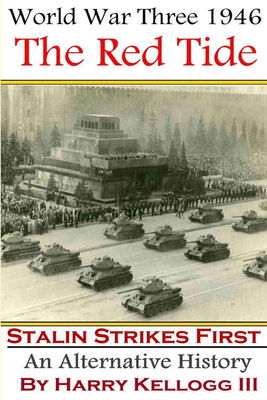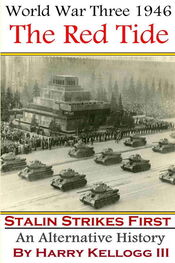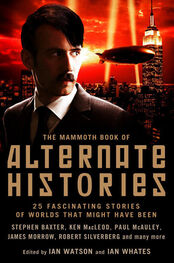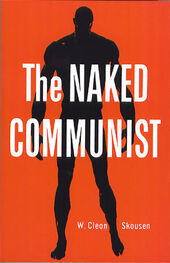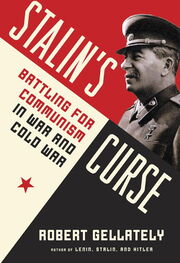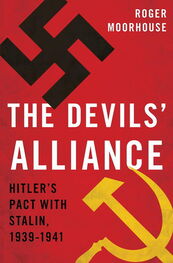THE U.S. ARMY IN THE OCCUPATION OF GERMANY
Page 421-425 ARMY HISTORICAL SERIES 1944-1946 By Earl F. Ziemke.
Combat ready division in Western Europe 1946 — Page 16 American War Plans 1945-1950 — By Steven T. Ross.
Surprise Attack by Richard K. Betts pg. 4
New York Times January 9th, 1946 Article Headline: Germans Now Handle US Surplus Supplies
Harry R. Borowski. A Hallow Threat: Strategic Air Power and Containment before the Korean War.
Electronic countermeasures — A move to develop countermeasures against proximity fuzes stemmed from the Germans, who during the “Battle of the Bulge,” captured an Army munitions dump that contained a large number of the new radar proximity-fused shells. Concerned that the Germans might attempt to copy the proximity fuze, the Research Division of the Aircraft Radio Laboratory at Wright Field, along with the help of the RLL, was called in begin the development of jamming equipment. Lieutenant Jack Bowers, an engineer with the Aircraft Radio Laboratory at Wright Field, recounted the following to Alfred Price:
“The proximity fuse had been a closely guarded secret on our side. Even though we had been working on countermeasures for a long time, we at Wright Field had never heard of the device. Now we were asked to investigate, on a crash basis, the possibility of a jammer to counter the fuse. We asked why such a jammer had not been developed earlier, and were told that the developing agency had conducted tests and concluded that the fuse could not be jammed! We worked on the problem, and within two weeks, a jammer had been built which would detonate the proximity fuses prematurely.”
“It was the sort of test that would never be allowed today under the prevailing flight safety guidelines. At the time, there was a war on, and the small risk to our one aircraft had to be weighed against the far larger risk to our whole bomber force if the Germans used such a weapon against us. We who were to fly the test were confident we would be all right — we hoped that the jamming would work as planned, and if it didn’t, the offset fed into the guns would burst the shells at least 240 feet away from us at a range of about 20,000 feet.”
“The test lasted about 3 months, during which about 1,600 VT shells were fired, individually, in our direction. Sitting in the fuselage of the B-17, the two RCM operators could pick up the radar transmissions from the shells coming up. The VT fuse radiated CW (continuous wave) signals, but the projectiles would often yaw a little in flight. This, in combination with the spin of the shell, would modulate the signal. We in the back could not see out, but the pilots and the navigator would get a kick out of watching the shells burst well below, or if there was a late burst because the jamming had taken some time to sweep through the shell’s frequency, it might explode close to our altitude. The general conclusion of the test was that, modified to radiate CW swept across the VT fuse band, the APT-4 jamming could significantly reduce the effectiveness of the proximity fused AA shell.”
http://www.smecc.org/radio_proximity_fuzes.htm
Soviet Trainees in U.S.A. in World War II by Edward Pinkowski
Russian Review — Vol. 6, No. 1 (Autumn, 1946), pp. 11-16
New York Times January 9th Article Headline: Germans Now Handle US Surplus Supplies
1. In June 1946 800 bridges were repaired and operational in Germany
2. There were 60 bridges alone over the Rhine
Page 85 “Post War” by Tony Judt
Post War — A History of Europe since 1945 pg 85 by Tony Judt
Germans were actually being used as slave labor by the US, GB and France to rebuild Europe. Savage Continent: Europe in the Aftermath of World War II by Keith Lowe; Eugene Davidson “The death and life of Germany: an account of the American occupation”.
US Government Accountability Office (GAO)
Adjusted Service Rating — http://users.skynet.be/jeeper/point.html
Stars and Stripes http://warren421.home.comcast.net/~warren421/score.html
Reference Admiralty Publications C.B. 3148 (Feb. ’45) Gunnery Review — Normandy Bombardment Experience (June/Sept., 1944, Page 29).
Communist sympathies in Europe — Post War — A History of Europe Since 1945 pages 198-222 by Tony Judt
THE UNITED STATES STRATEGIC BOMBING SURVEY: Conclusions Pg. 15
Aircraft of the Third Reich Vol.1 by Green pg. 64-84
Parshall & Tully 2005, Shattered Sword pp. 215–216, 226–227
Bagnall, K. W. (1962). “The Chemistry of Polonium”. Advances in Inorganic Chemistry and Radiochemistry 4. New York: Academic Press. pp. 197–226. doi:10.1016/S0065-2792(08)60268-X. ISBN 0-12-023604-4. Retrieved June 14, 2012.
George Koval: Atomic Spy Unmasked — Iowa-born and army-trained, how did George Koval manage to steal a critical U.S. atom bomb secret for the Soviets? By Michael Walsh, Smithsonian Magazine May 2009
Joint Chiefs of Staff Report Oct. 1945.
“The report estimated that the Soviet Union had the military capacity of overrunning Western Europe including Scandinavia and excluding Britain at any time between 1945 and 1948.”
American War Plans 1945-1950 by Steven T. Ross Page 3
“Because of American and British demobilization and the chaotic conditions prevailing in Europe, The Soviets, even after completing their mobilization, could easily overrun the area, and by generating additional forces could also conquer Turkey and Iran.”
History of the Joint Chiefs of Staff Volume 1 1945-47 by James F. Schnabel pp. 14-15
“In effect the intelligence staff believed that Soviet and satellite armies could with relative ease overrun Europe and the Middle East at any time during the next several years.”
American War Plans 1945-1950 by Steven T. Ross Page 7
“On April 11, the Joint Chiefs of Staff stated that in case of war the Russians could conquer the Mid-East and Western Europe. The Americans would have no strategic option but to retreat from the continent and assist the British in defending their homeland.”
JCS 1641/5 April 11th, 1945
“The committee was comprised of representatives of the CIA and the intelligence sections of the Department of State, Army, Navy and the Air Force. The committee’s assessments, and the debates which they generated, became the basis of a new batch of contingency plans, turned out in 1948 at a frenetic pace (see glossary).
The committee delivered its first report on March 30, 1948. It concluded that the Soviets had the military capacity to overrun Western Europe and “the Near East to Cairo within a short period of time”.
Fighting World War Three From the Middle East by Michael J. Cohen pp 7
Post War by Tony Judt. A History of Europe since 1945. Wonderfully informative.
When Hitler died 10% of the Germany’s railroads where operational. By June, 1946 93% where operational. 800 bridges had been rebuilt.
American surveyors found that the bombing campaign had virtually no impact on production equipment. In West Germany only 6.5% of its machine tool equipment was lost due to war damage, only 20% of the German industrial plants had been destroyed by May, 1945. 66% of all industry in the heaviest bomb areas like the Ruhr remained intact. The USSR, France, Germany, Italy all emerged from the war with more machine tools than they started the war with. In the Czech lands industry and agriculture thrived under the Germans and emerged unscratched. Slovakia and Hungary saw their industrial situation improve.
Читать дальше